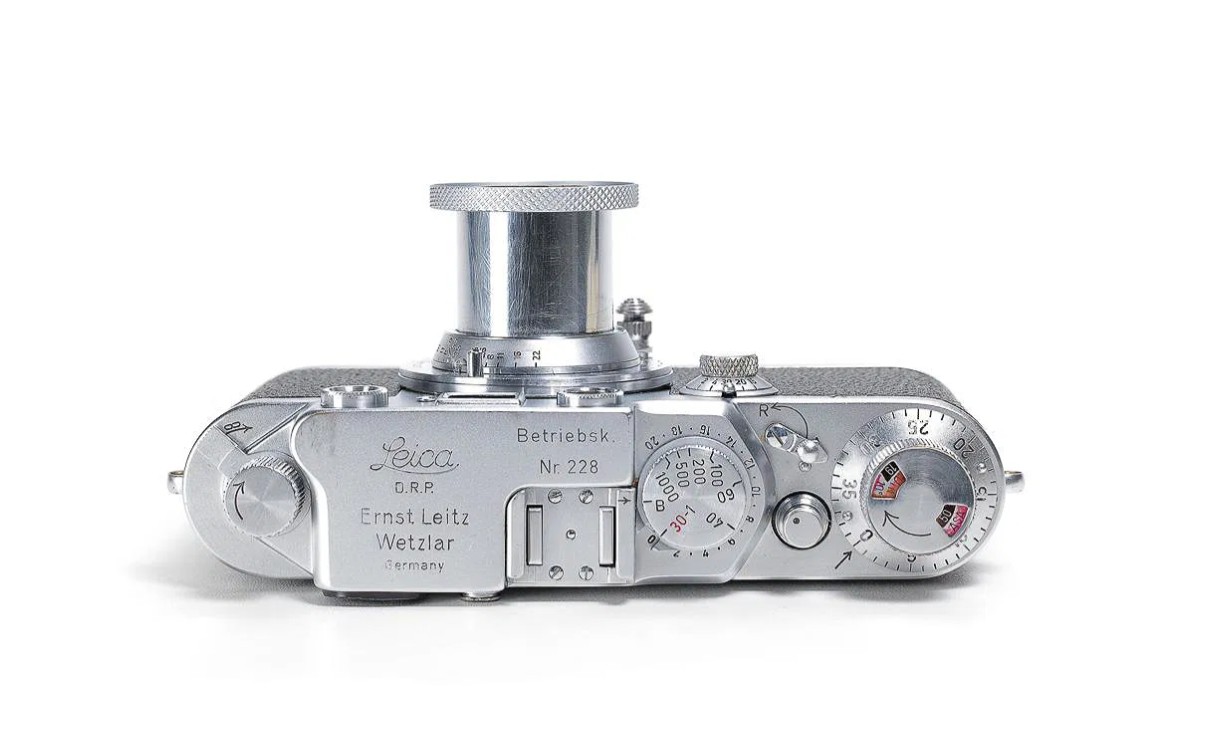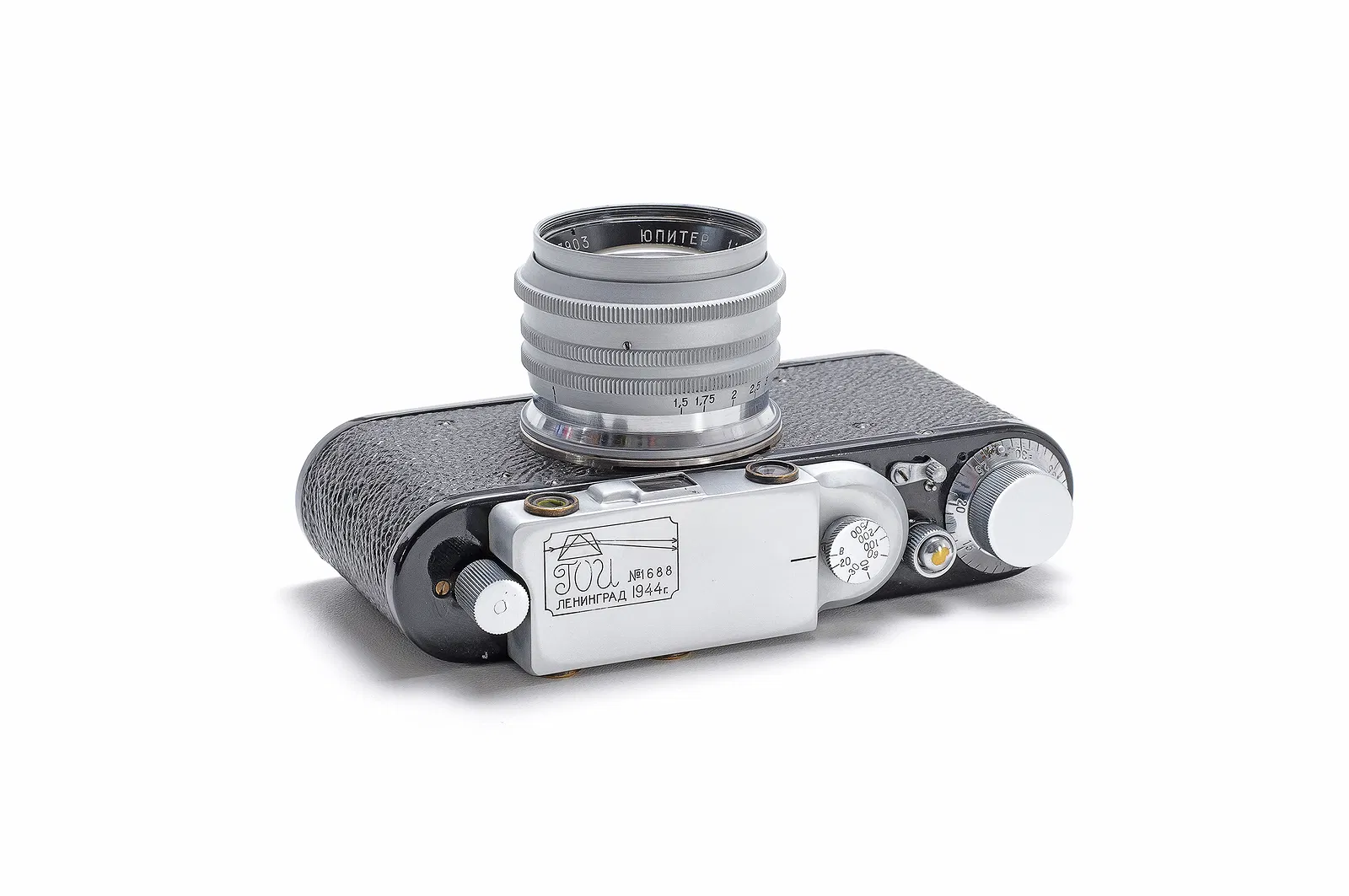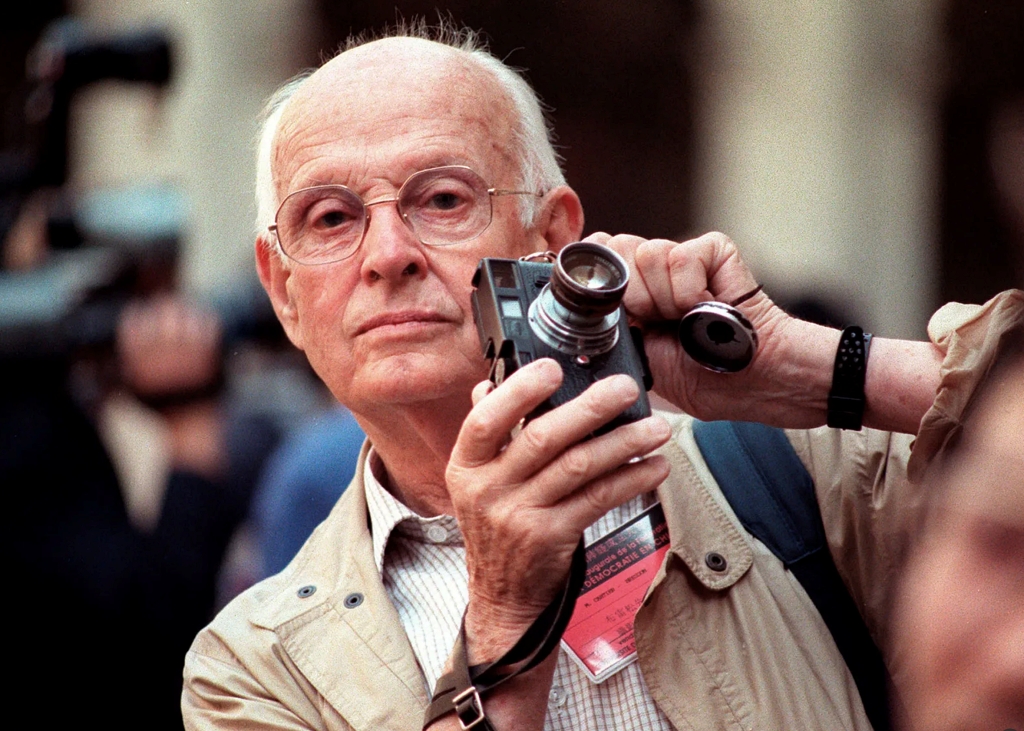Let's take a look at a few of the iconic pieces we had the honour to offer in 2024 - Jo Geier - Mint & Rare
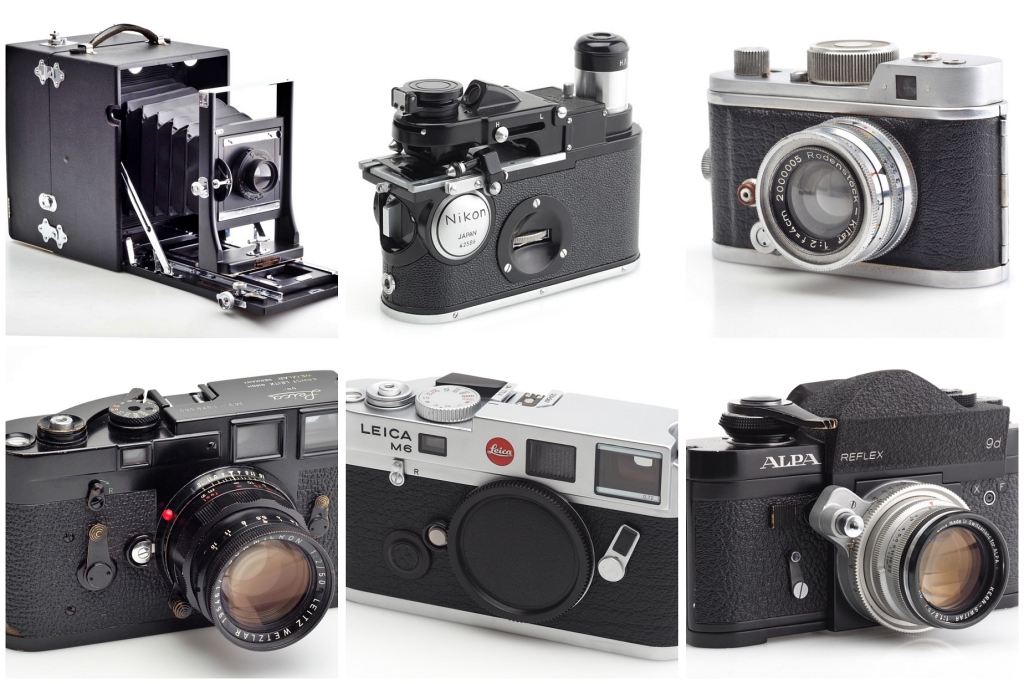
With the Year 2024 coming to its end, it is time to look at some of the many exceptional items that we saw in our shop in this year.
These examples represent important developments in photographic design and history, set the pace in improving photographic equipment or are simply outstanding examples for the ingenuity of inventors and enthusiasts within the photographic industry.
If you are interested in finding more interesting items of all major brands, like Alpa, Canon, Contax, Leitz, Leica, Hasselblad, Linhof, Nikon, Rollei, and many more, please take a look at our webshop www.jogeier.com regularly or subscribe to our newsletter. We will inform you about new arrivals, the latest YouTube and Instagram stories and new blog posts every month.
Should you be looking for any specific collectible or are you interested to sell items and want to know more about their market value and sales possibilities please do not hesitate to contact us by email at info@jogeier.com or the contact form we provide on our website.
Folmer & Schwing Division (Kodak) Cirkut 10
The Folmer & Schwing Division (Kodak) Cirkut 10 is a historical panoramic camera developed in the early 1900s by the American company Folmer & Schwing and later acquired by Kodak. She is particularly known for her ability to create very wide panoramic images on film.
The Cirkut 10 is now considered a significant camera in photography history, primarily for its unique panoramic capabilities and its use in specialized photography projects. Nowadays, it is particularly valued by collectors and specialists who deal with historical photography.
The Cirkut is a rotating panoramic camera of the type known as "full rotation". It was patented by William J. Johnston in 1904 and manufactured by Rochester Panoramic Camera Company starting in 1905; during that same year, the company was acquired by Century Camera Co. (which itself was owned by Eastman Kodak at the time).
The manufacture of the camera continued through 1949.
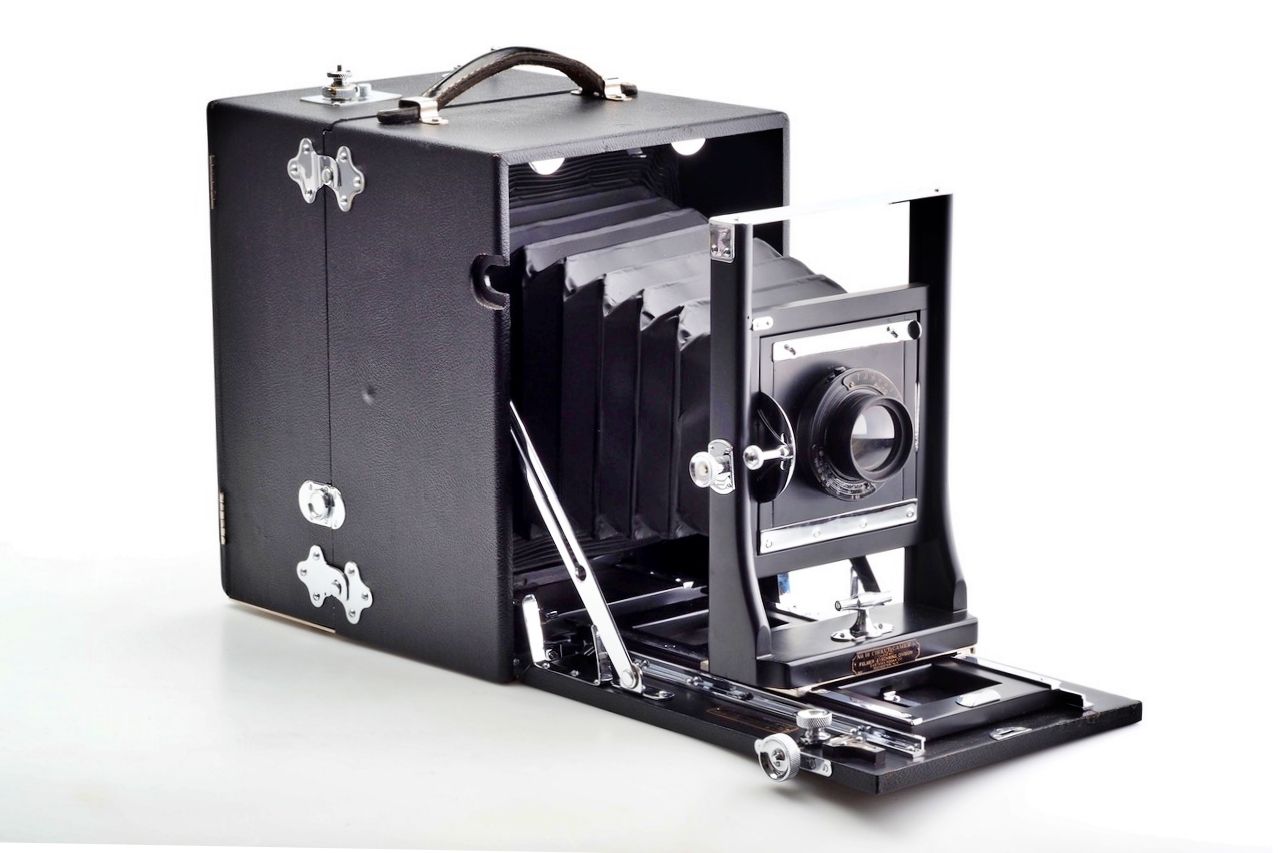
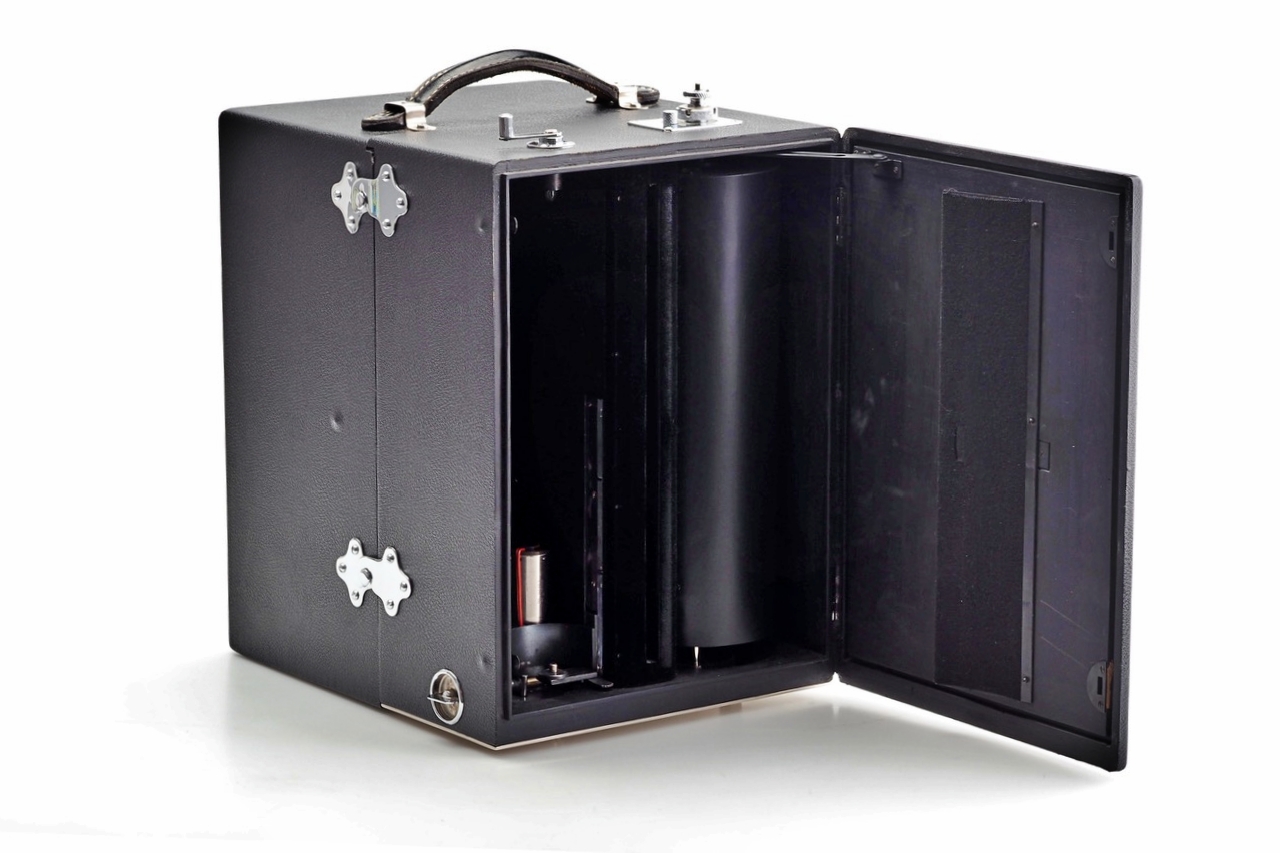
The Folmer & Schwing Mfg. Co. was founded in 1887 by William F. Folmer and William E. Schwing as a bicycle company in New York City. The first cameras appeared in their catalogue of 1896. Mr. Folmer developed the first Graflex camera in 1898. The first of these cameras had a troublesome, complicated focal plane shutter. In 1904 this was replaced by a focal plane cloth curtain shutter which was simple, reliable and fast.
From 1905 to 1926 the company was a division of Eastman Kodak in Rochester, New York. Then it became Folmer Graflex Corporation. The camera captured a panoramic image by pivoting horizontally (along a vertical axis) while a roll of film moved across the film plane.
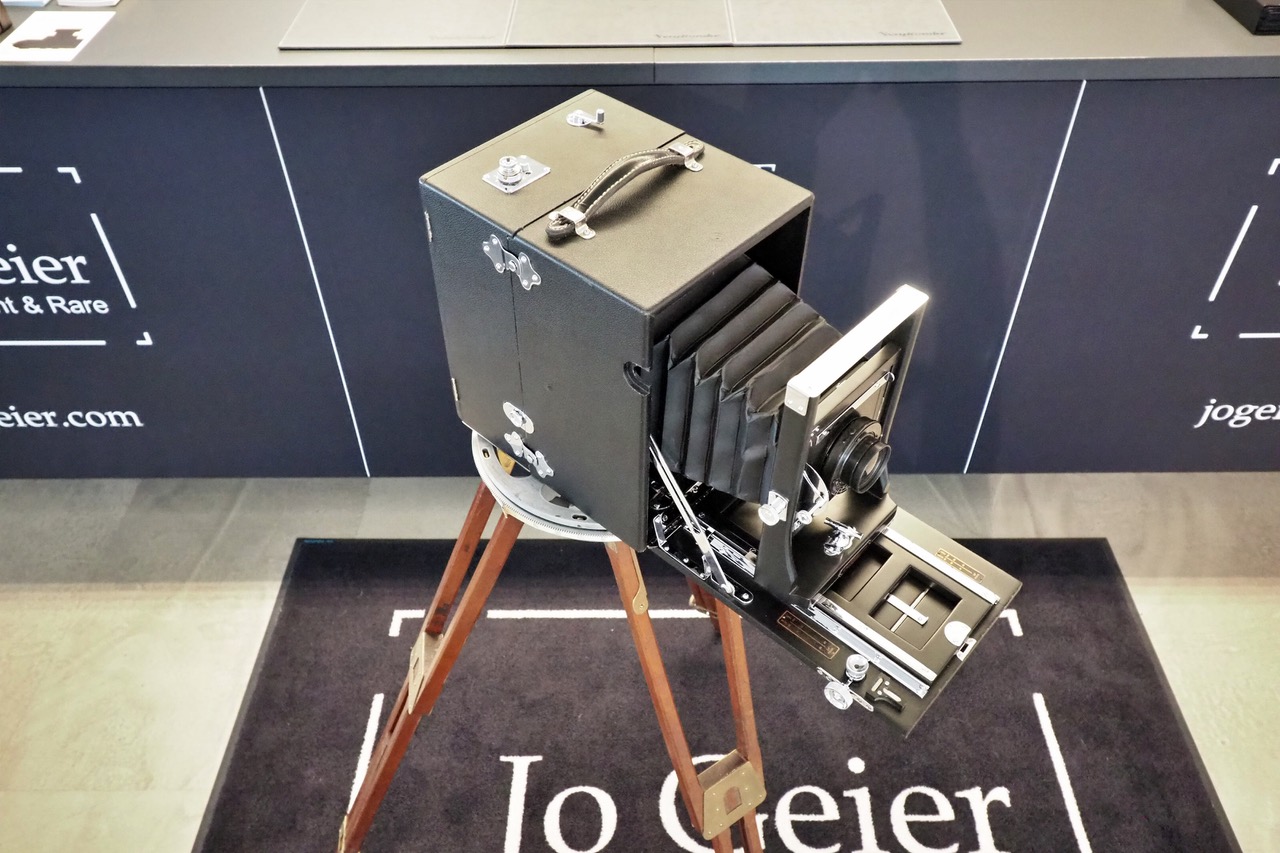
The camera is in fully restored, like new condition with Gundlach Manhattan Anastigmat f/6.8 Series II No. 4 lens, tripod and matching accessories. It has been used by Gillman & Soame, a specialist group photographer in Oxford, UK, which is still operating today.
Kilfitt-Robot
The main element of the Robot camera was this spring motor that could expose up to 6 frames per second. The spring motor advances the film and the frame counter and cocks the rotary shutter with flash sync at all speeds.
This camera was produced by the original designer of the very first Robot camera, Heinz Kilfitt, in Munich. Developed and produced most likely because the manufacturing of the Robot II by Otto Berning & Co. wasn't able to continue production immediately after the WWII.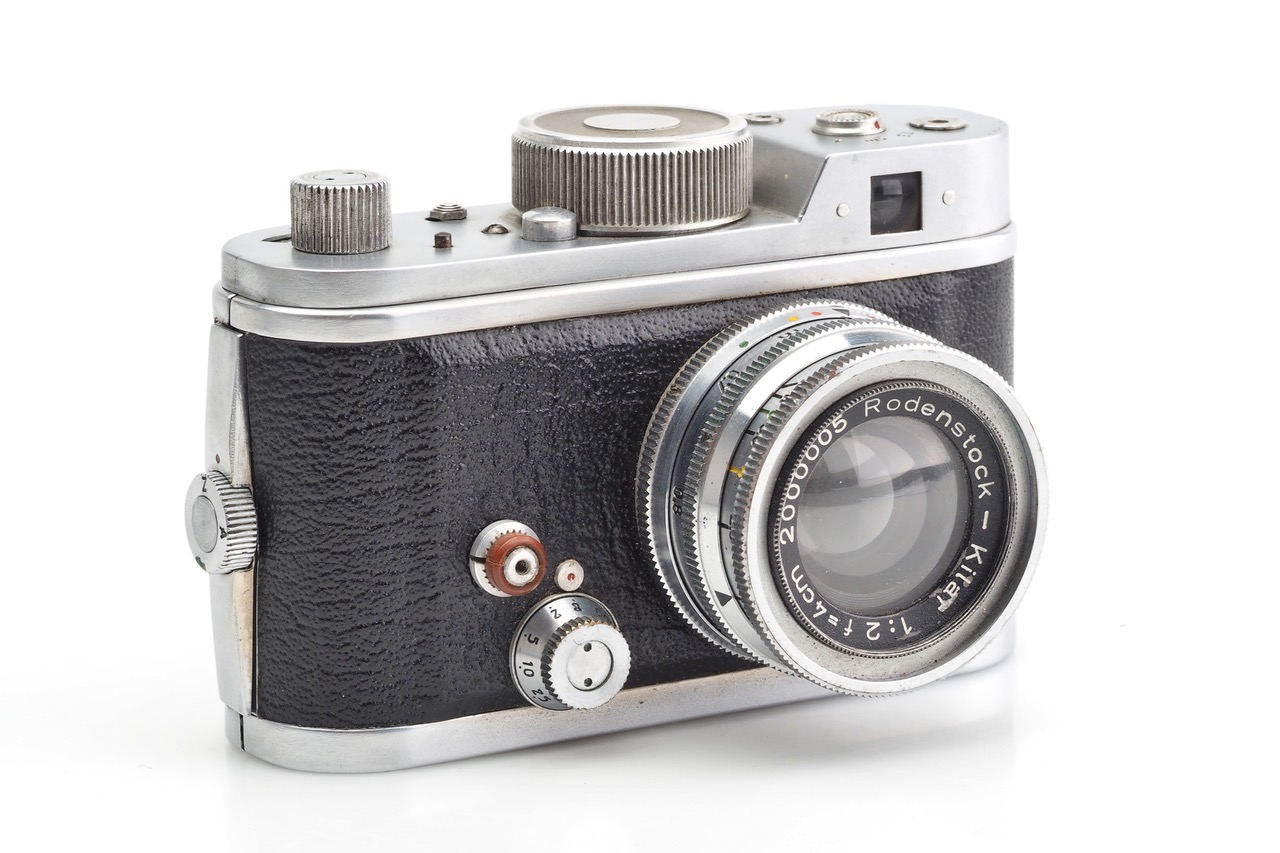
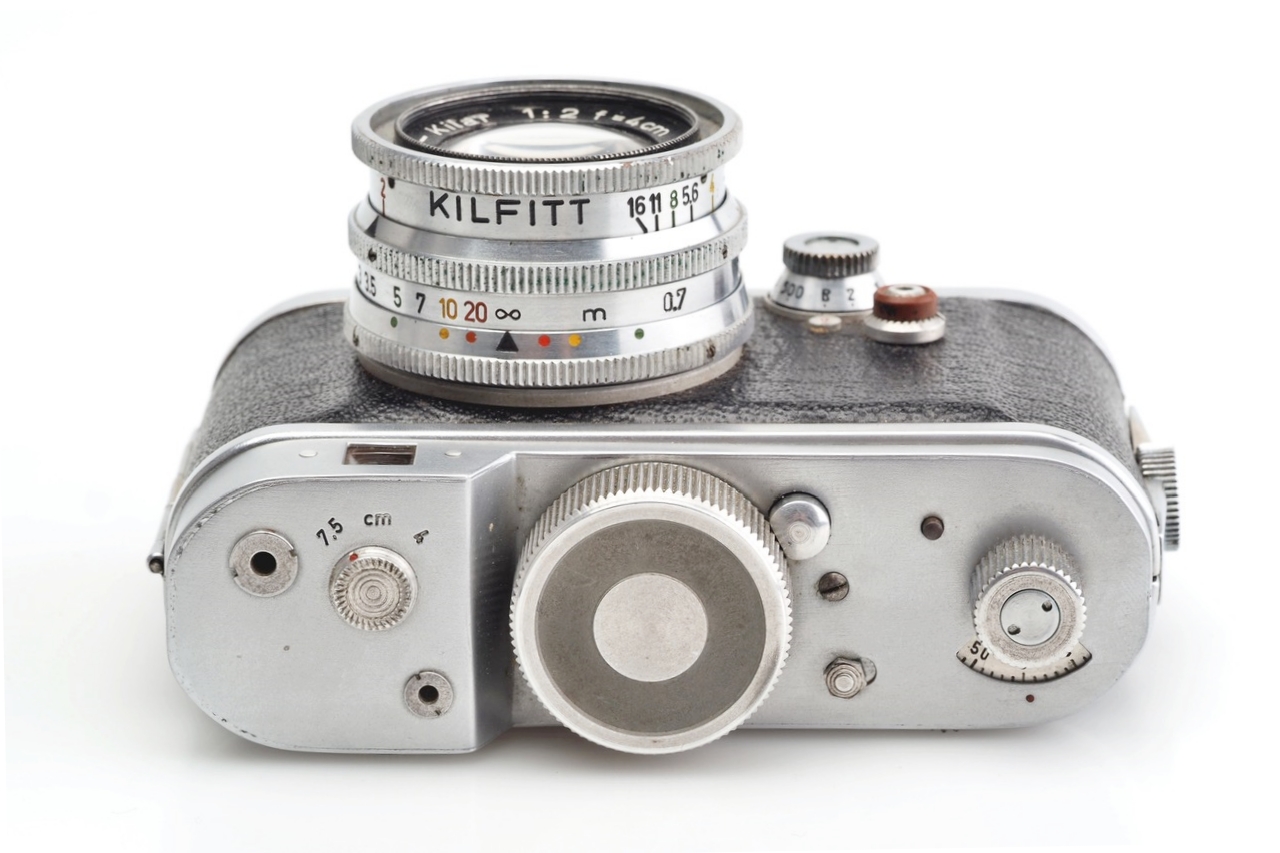
The „Kilfitt-Robot“ is similar to the Robot II on the outside, but internally a bit different. The body of the camera has a more oval form and lacks engravings, the camera back is hinged on the other side and has a different, superior lock. The viewfinder can now be switched from 4 to 7.5cm simply by turning a small dial on top of the finder housing.
The film spools were also different to the original Robot film spools. The included lens is a „Rodenstock-Kilar“ 1.9/4cm no.2000005 (a double Gauss type like the Rodenstock Heligon). This very camera is extremely rare and historically important. Only about five examples are known to exist.
Production Year: 1946
Nikon Model H Microscope
The Nikon Model H is a microscope developed by Nikon in the 1950s and is known for its high precision and robust construction. It is a research microscope specifically designed for use in scientific and medical laboratories. The Model H featured excellent optics, adjustable lighting, and a sturdy, well-thought-out construction that enabled precise observation and imaging.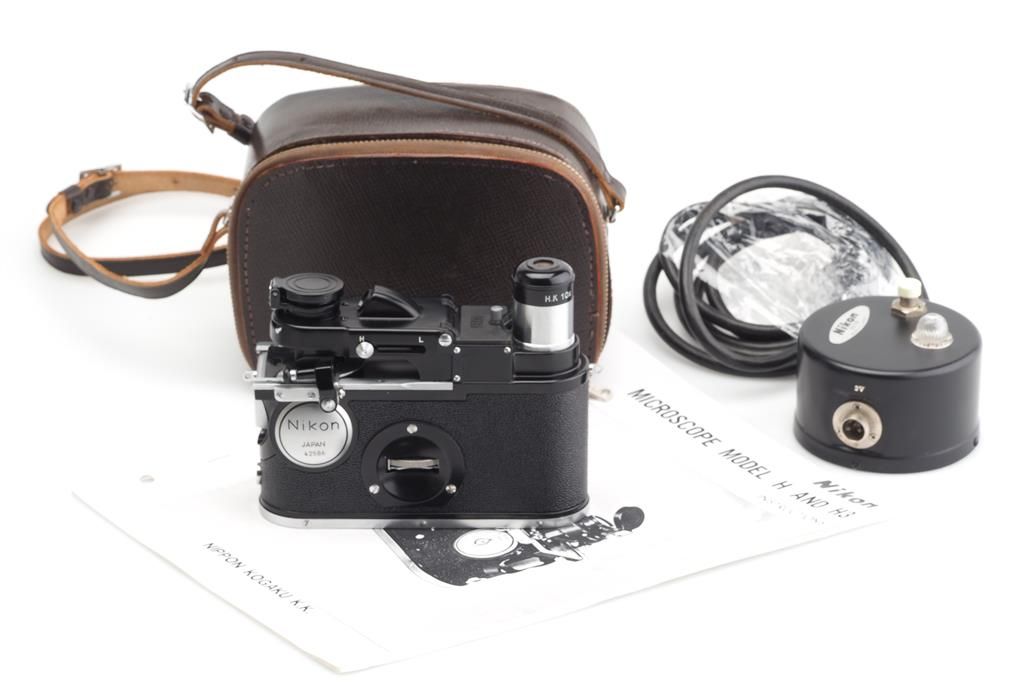
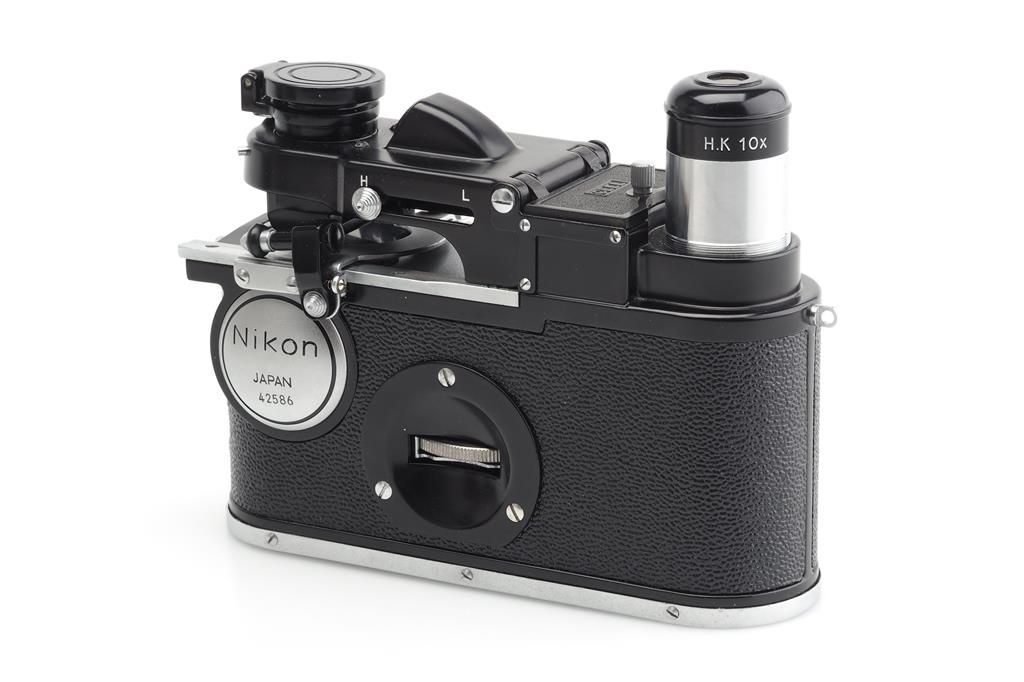
The Nikon Model H was technically a very advanced device at its time, and is now considered a sought-after collector's item among microscope specialists and historians of microscope technology. At first glance, this field microscope looks more like a classic Leica camera than a microscope. It is a laboratory-grade diagnostic tool that has been used by doctors around the world. Often used in hemocytometry and for the detection of filariasis and malaria, among other diseases.
Production Year: ca. 1962
Leica M3 Black Paint
The Leica M3 is one of the most iconic cameras in history and was released in 1954 celebrating its 70 anniversary in 2024. It is considered a milestone in the development of rangefinder cameras and is particularly valued by professional photographers and collectors due to its outstanding build quality and image quality.
The M3 was the first camera from the M series and was characterized by its precise rangefinder, which enabled precise focusing. With its shutter range of 1/1000 to 1 second and a robust mechanical design, it offered exceptional reliability. The camera was entirely manual, with no automatic features, which made it popular with photographers who wanted full control over their shots.
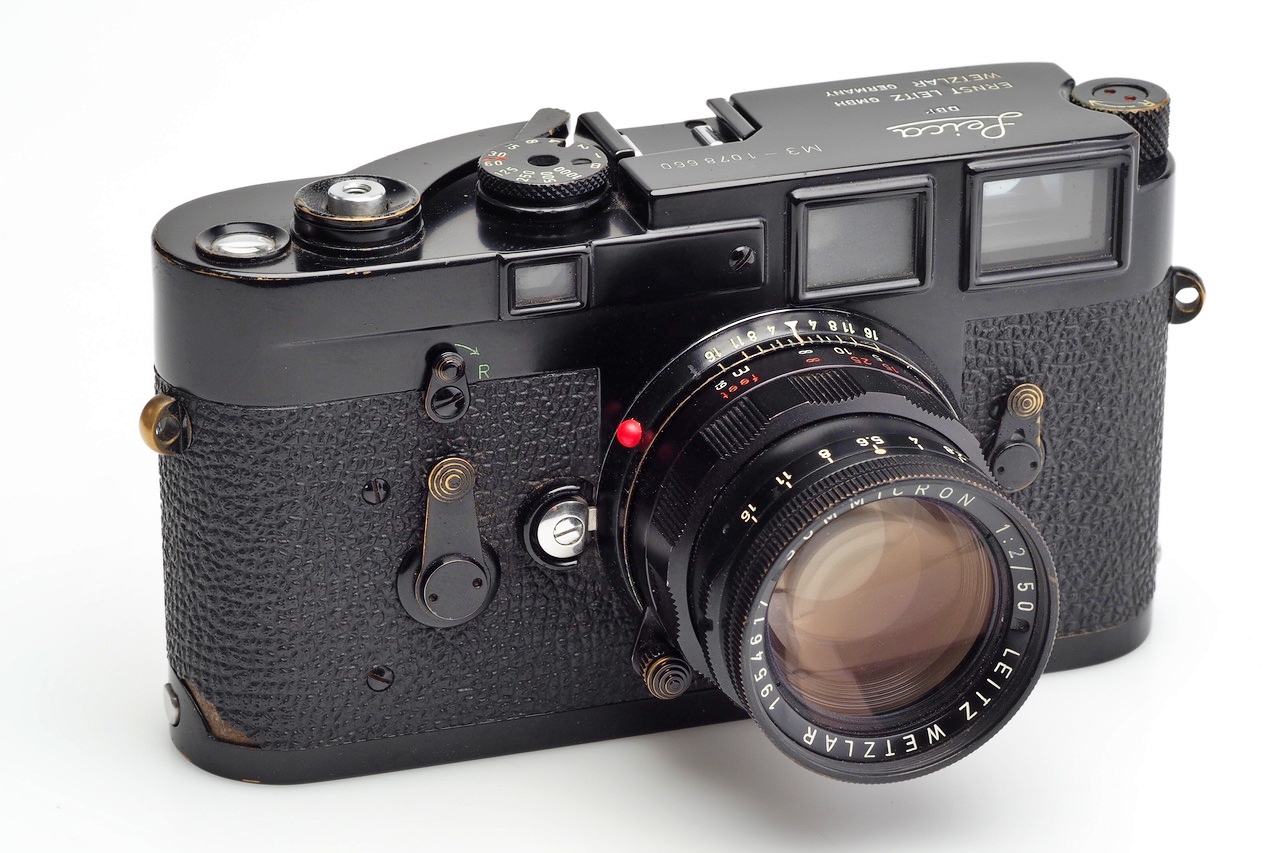
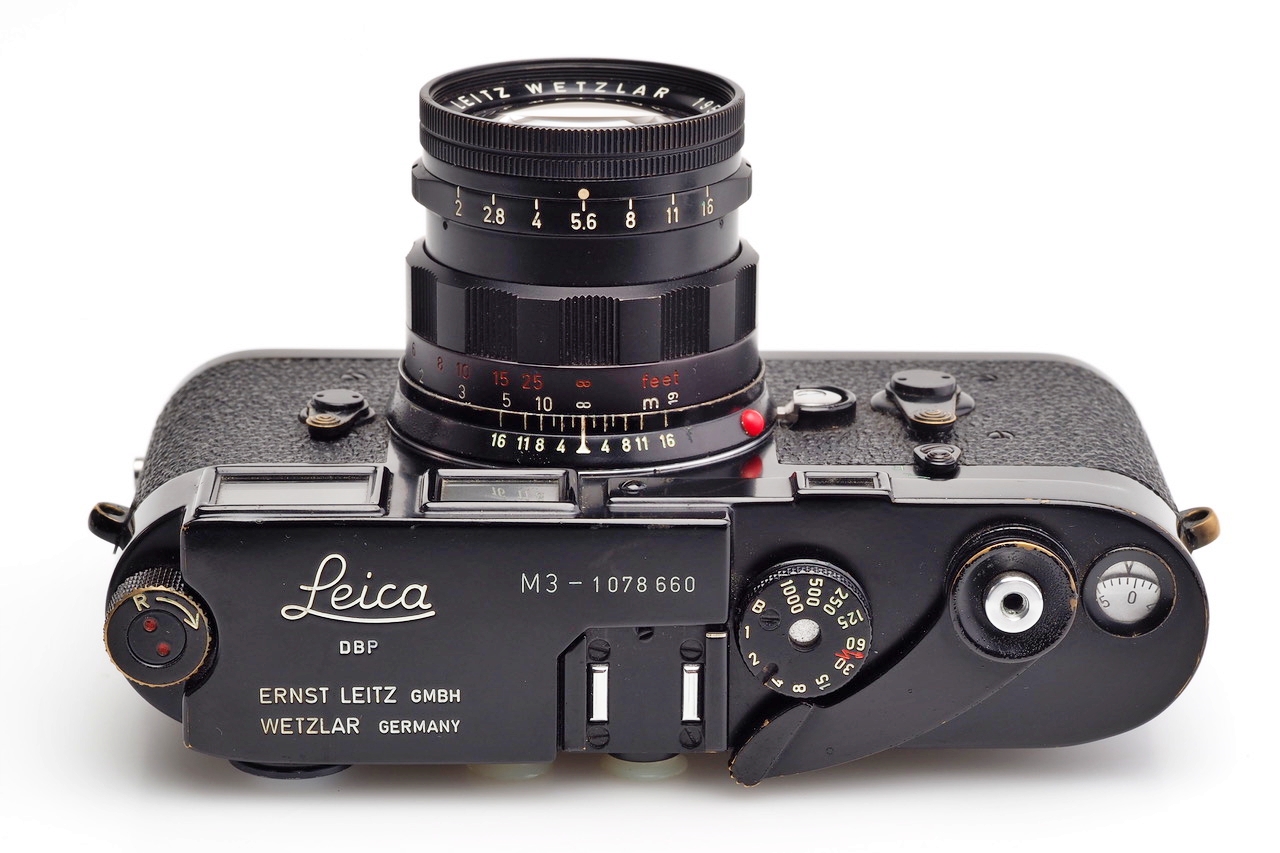
This set contains the camera with factory wax „L-seal“ and its matching Summicron 50mm f/2 with black paint lens cap and brown leather ever ready case. The camera is from an official batch of 300 cameras (nos. 1078501 to 1078800) and was produced in 1963. The lens is a matching period lens and has most likely been bought together with the camera. It is a second version Summicron with red „Feet“-scale and chrome bayonet.
Production Year: 1963
ALPA Reflex 9d Black Paint
The ALPA 9 is one of the most famous and advanced analogue 35mm SLR cameras of the Swiss brand ALPA, which came onto the market in 1965. It is considered one of the brand's masterpieces and is characterized by its exceptional workmanship and technical precision. The ALPA 9 is aimed at demanding photographers who prefer manual control and place the highest demands on image quality and camera performance.
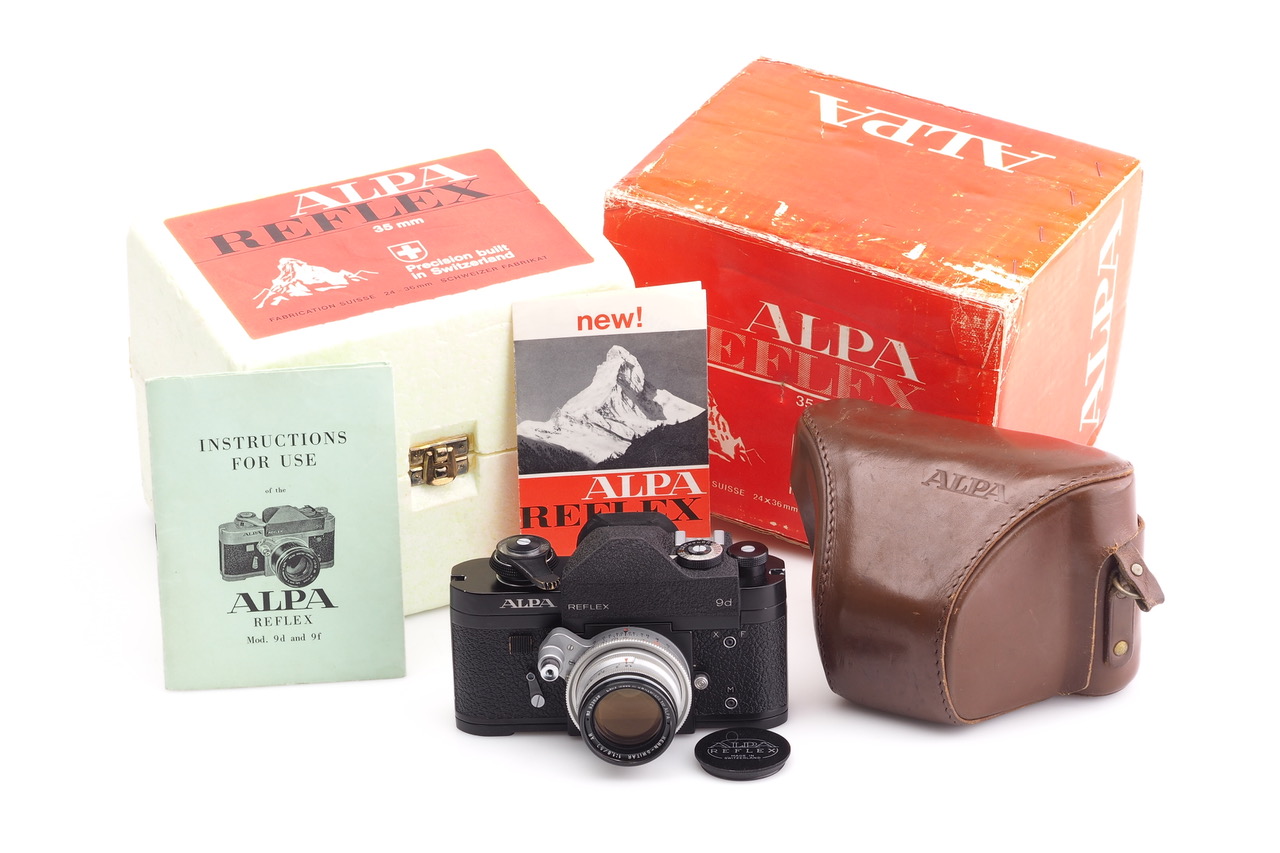
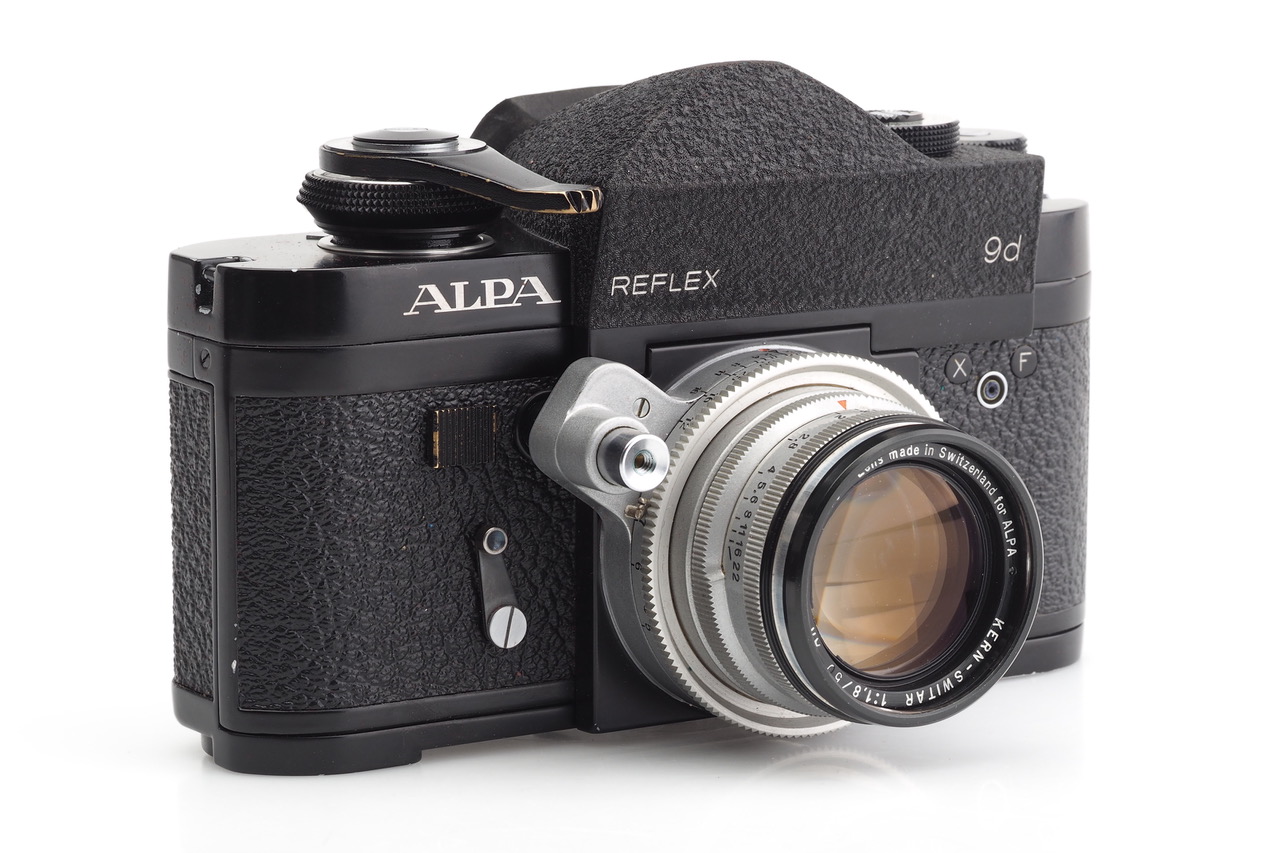
This camera is in superb cosmetical condition with Kern Aarau Switar 1.8/50mm AR No. 939638 (with lens cap) brown leather everready case, instructions, a brochure and the red maker’s box with both matching serial numbers. The back door carries the same serial number as the camera.
It probably is one of the best black paint ALPA 9d cameras we have seen and the first one with both matching serial numbers on its maker’s box.
Production Year: 1965
Leica M6 TTL Prototype
A standout feature of the Leica M6 is the integrated TTL (Through-The-Lens) exposure metering system, which automatically measures exposure while the photographer retains complete control over the aperture and shutter speed. It uses the Leica M bayonet mount, which enables a variety of high-quality lenses. The M6 is completely mechanical and does not require batteries to operate the shutter, but does require batteries for the exposure metering system. The camera has established itself as one of the best analog 35mm cameras and is now in high demand among photographers and collectors. It is valued for its durability, optical quality and excellent image reproduction.
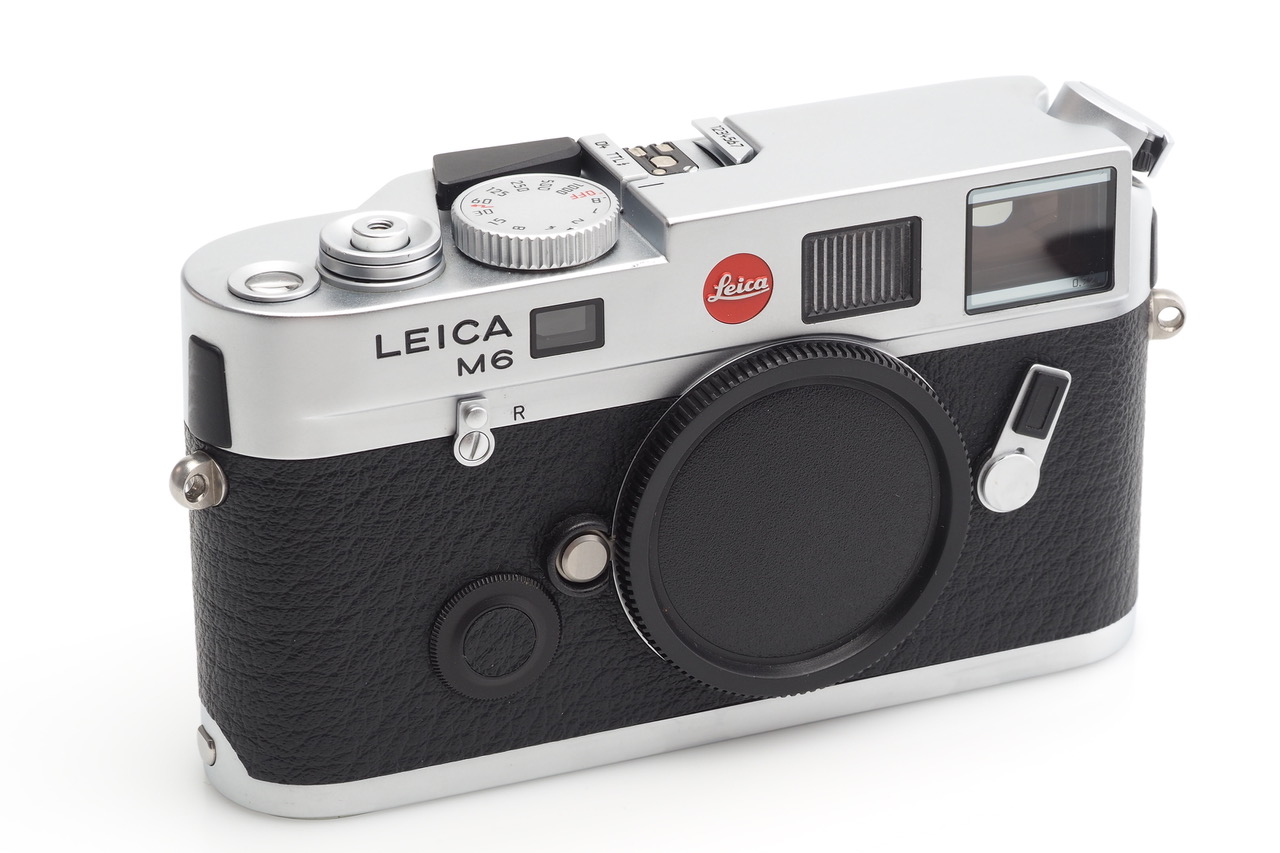
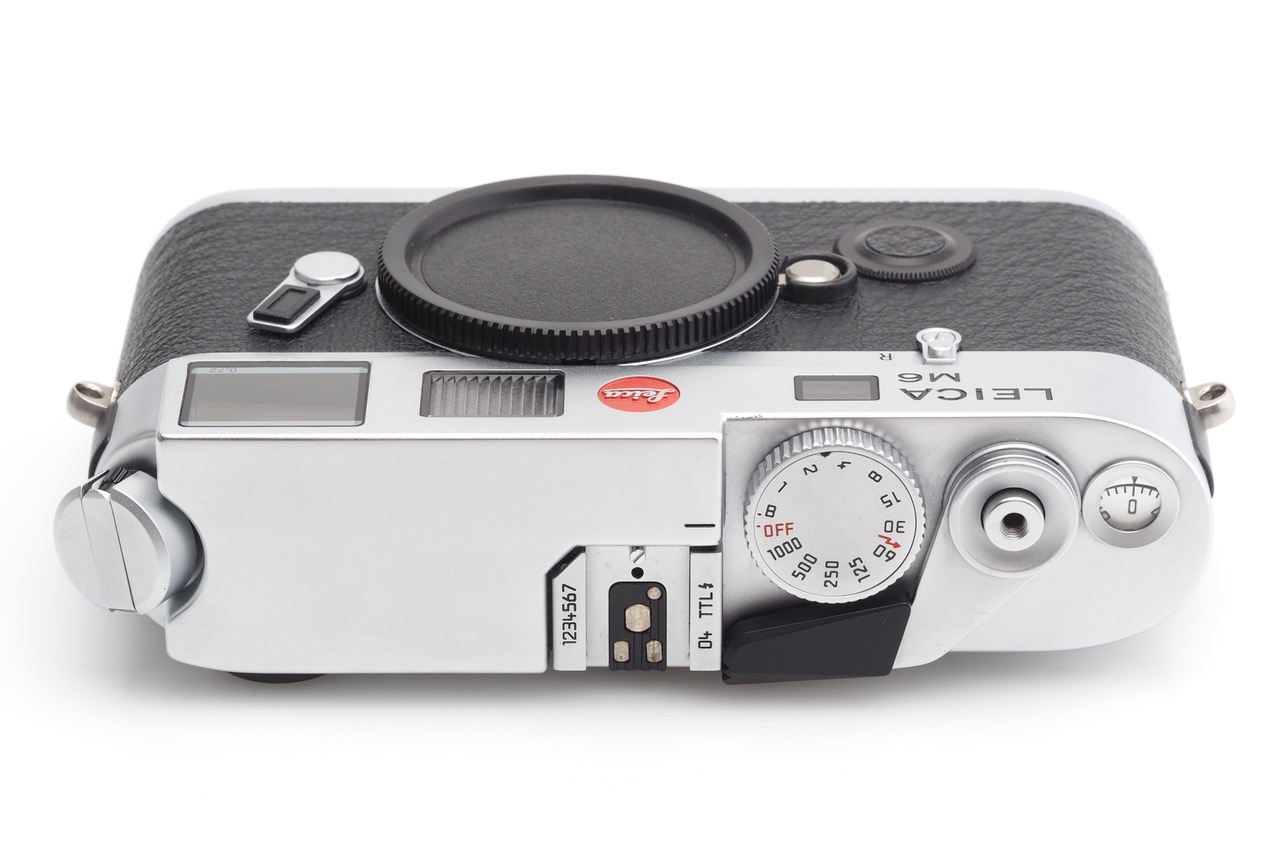
This is an original Leica M6 TTL pre-series camera No. 04, numbered "1234567", dating from 1997. The Leica M6TTL with flash-TTL metering was available from 1998 and the camera for sale here comes from a small prototype series which was used for experimental purposes about a year before the market launch. The hot-shoe engraved "04"opposite to the "1234567" prototype serial numbering.
Production Year: 1997
If you should have any questions or would like to be notified in case you are interested in special offers for rare collectable pieces (which rarely make it onto the website) please get in contact!

